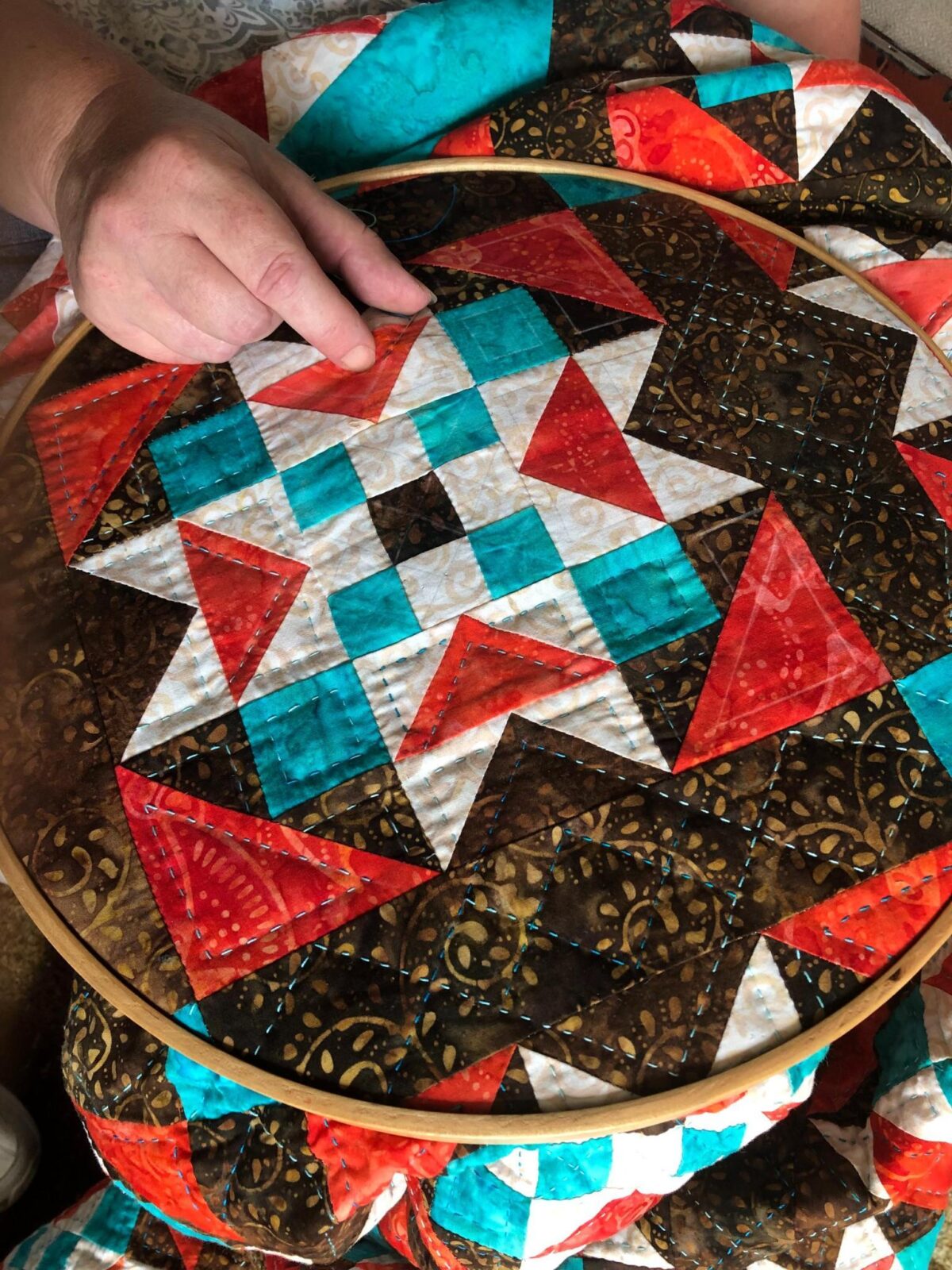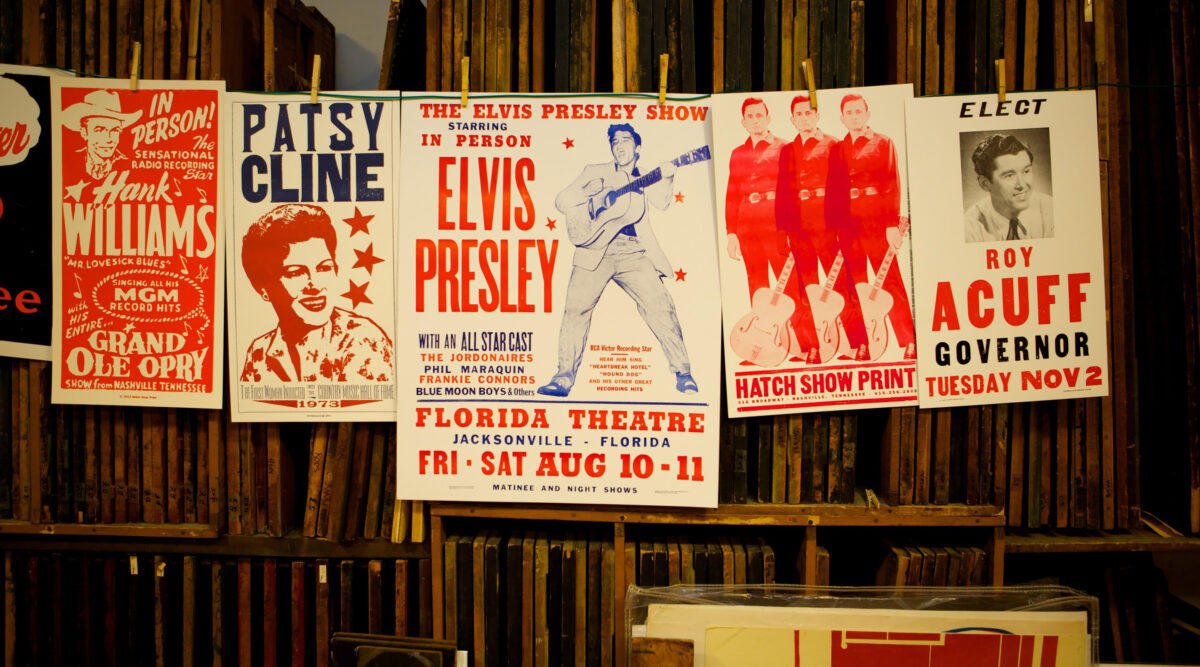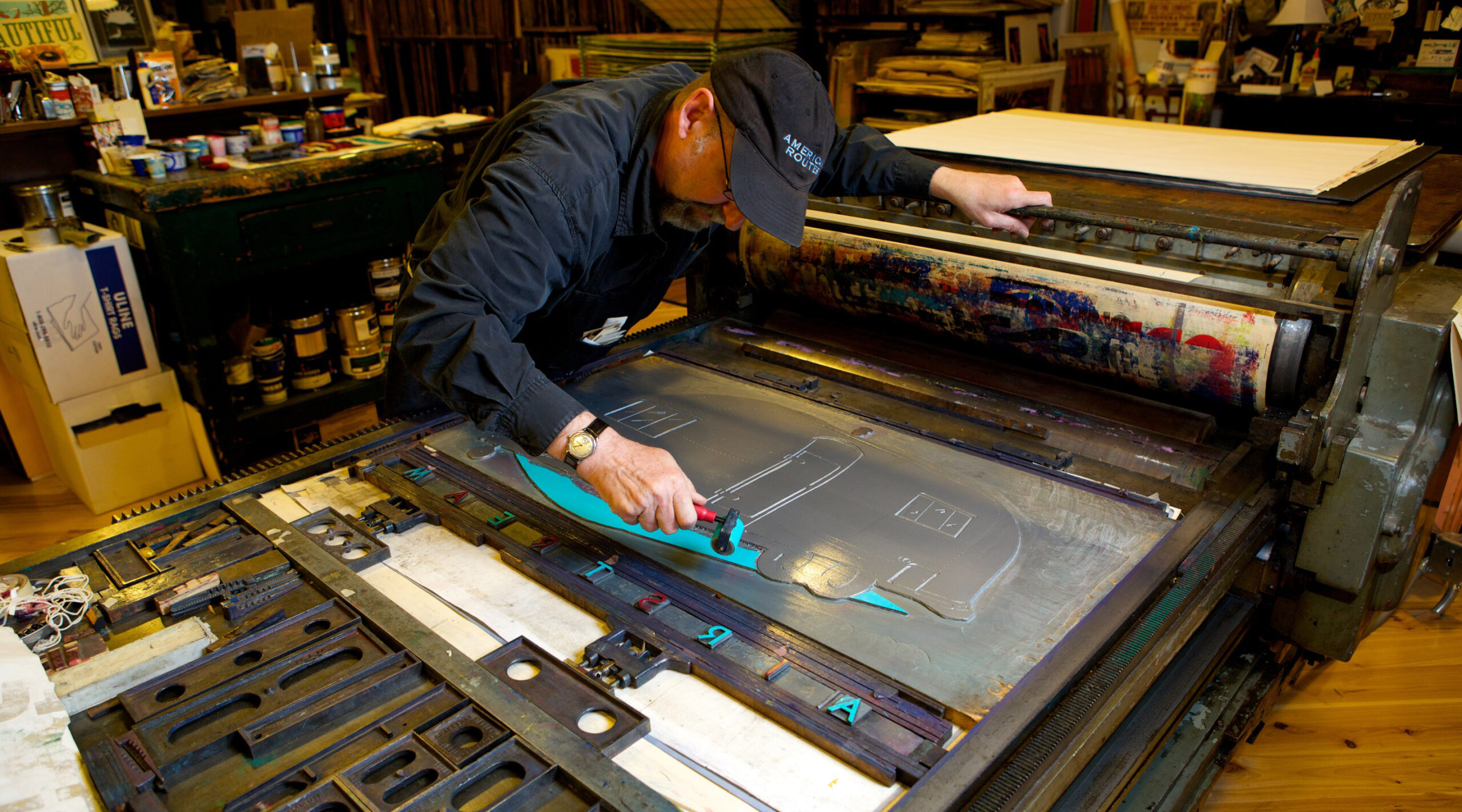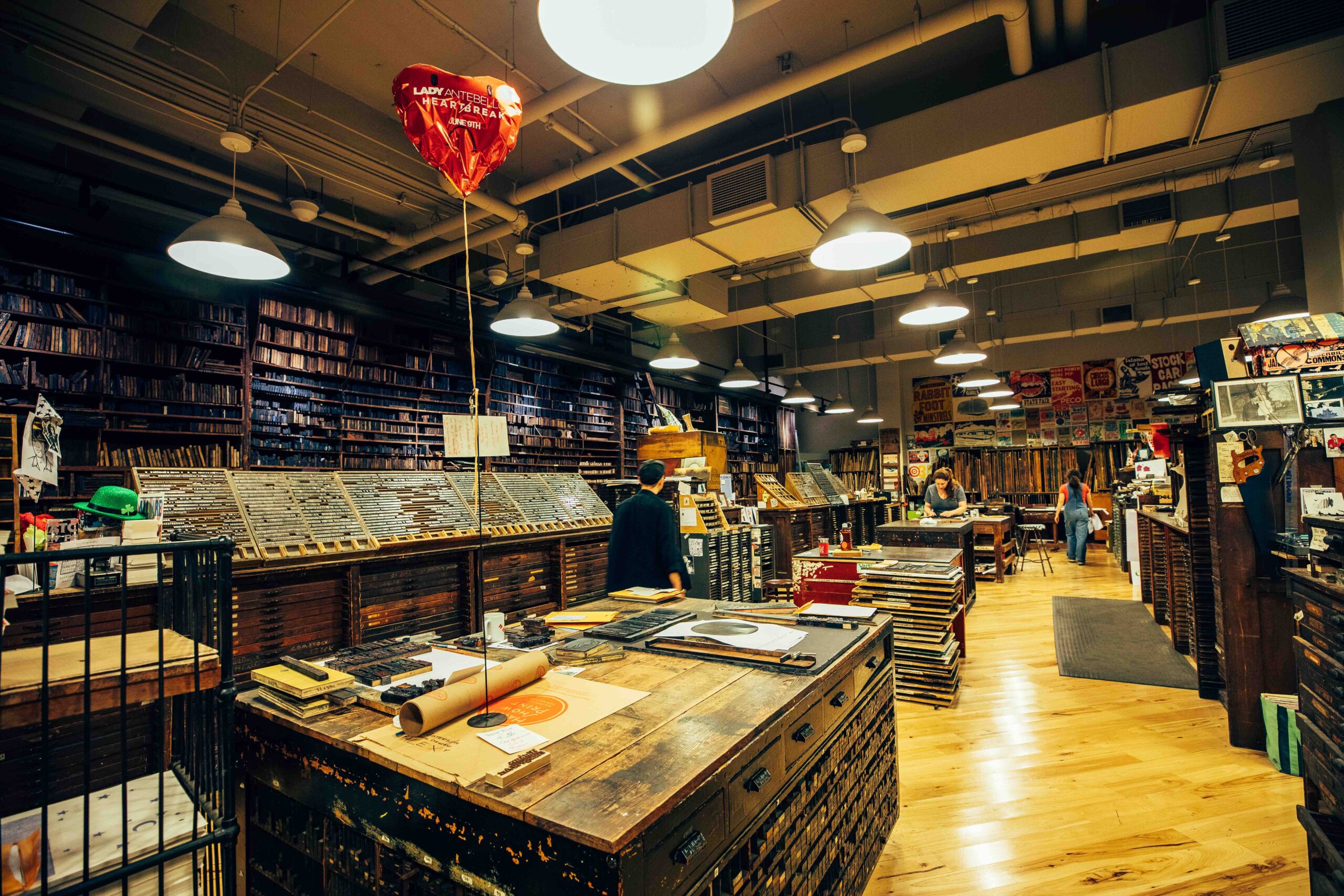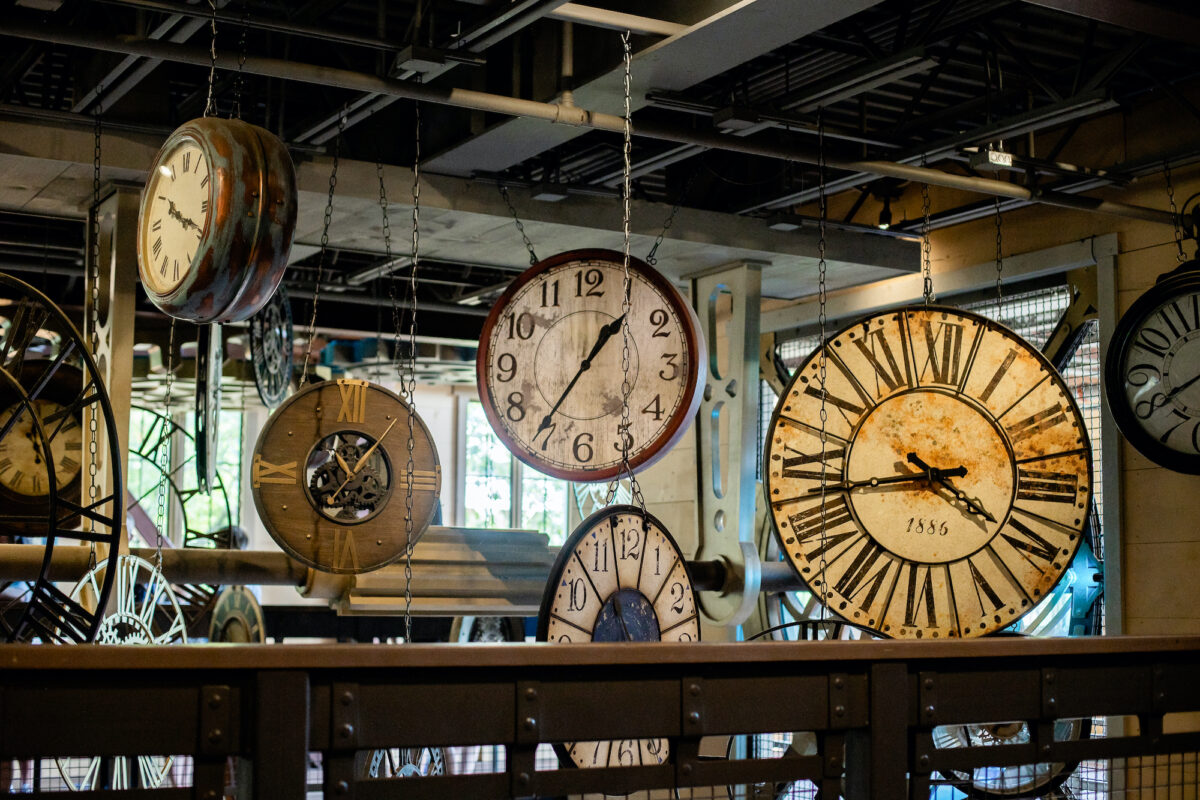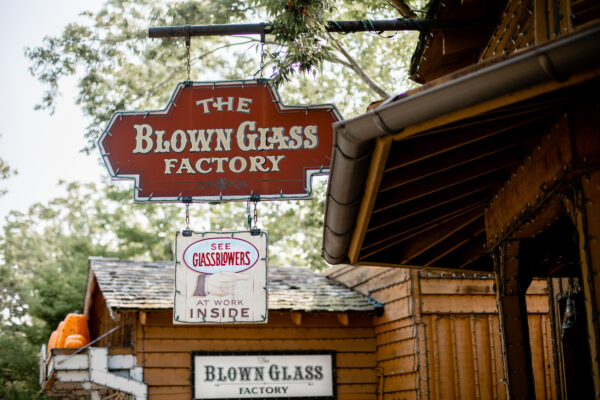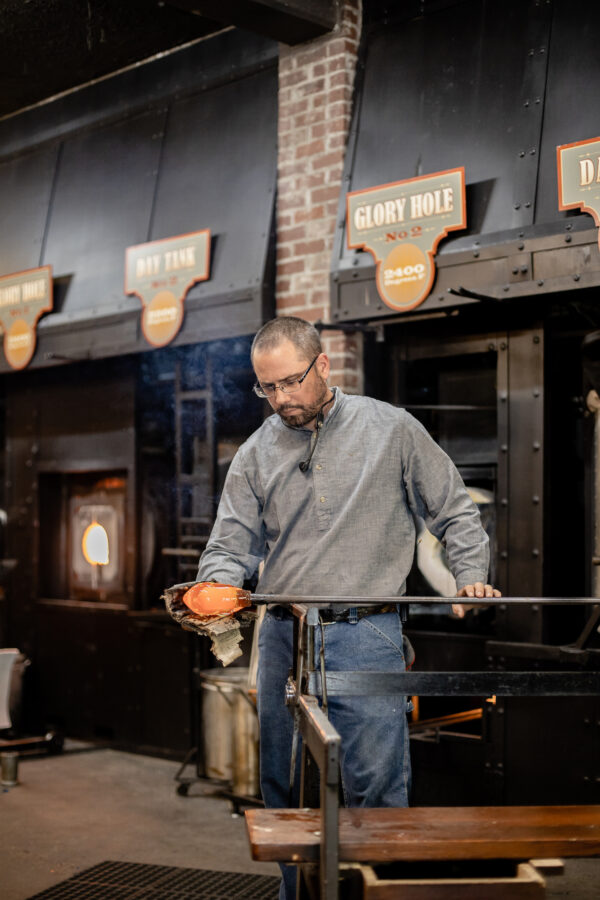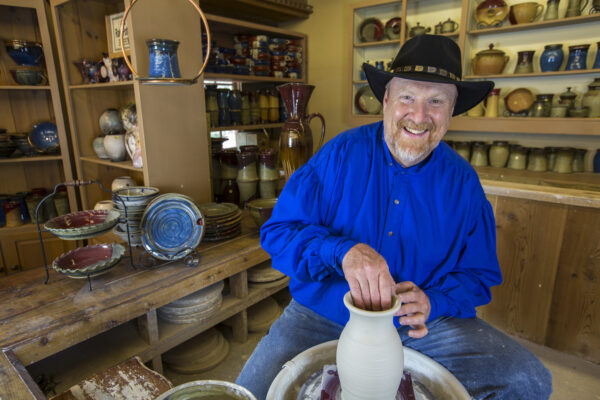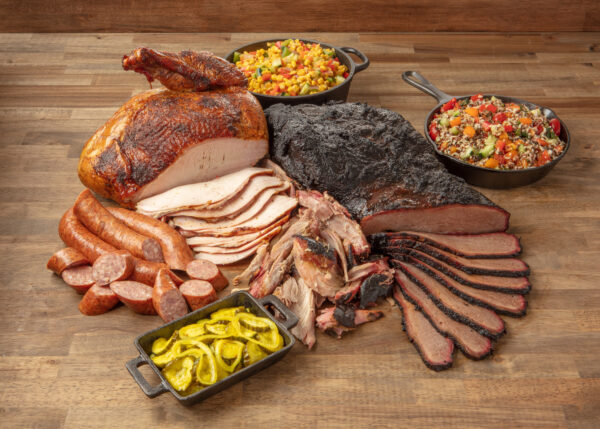During the past two years, I’ve handstitched three thousand little bits of fabric together into what has become a king-sized whole which I’m now hand quilting.
My mom thinks I’m crazy.
Friends have volunteered to buy me a sewing machine.
For me, the fun of the process is the handwork. The soft feel of the material, the rocking of the needle, and the low whooshing sound as thread pulls through layers of fabric.
In a world where complex systems are valued and hectic zeal is prized, hand quilting’s simple methodology has a powerful pull. The progress I make each time I hand quilt reinforces steady, even-paced productivity. Creating beautiful patterns fulfills my need to be creative. The rhythm of nice, regular stitching quiets my mind.
Quilting by hand is like slipping back in time, a way of connecting with the people who developed and practiced this enduring, traditional craft generations ago.
A Traditional Craft
Though quilting might date back as far as the ancient Egyptians, one of the world’s oldest surviving quilts, the Tristan Quilt, was made in Sicily during the 13th century. This roughly corresponds to the first time the word “quilt” appeared in Middle English.
By the late 1500s, the English word “quilt” (noun) referred to three distinct layers—two pieces of fabric with a softer batting in between, and the word “quilt” (verb) referred to the activity of stitching those three layers together using a needle and thread. Late 1700s lexicons first saw the phrase “quilting bee,” to mean a gathering where women worked together to jump-start or complete a large project.
Historical quilts are such an integral part of a culture’s history, there are museums dedicated to their preservation, including the International Quilt Museum in Lincoln, Nebraska, and a large section of the Victoria & Albert Museum in London.
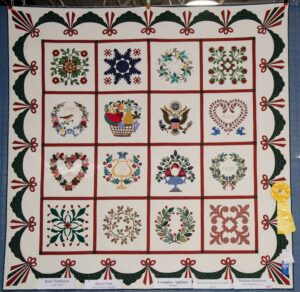
A Stitch in Time
Gathering together in groups is a hallmark of the quilting tradition. Quilt tops bring together fabrics with different colors and designs to create beautiful overall patterns, and the activity of quilting itself brings people together, too.
Author, quilter, and appliqué artist Barbara Burnham recalls getting her start sewing by hand when she was 6 years old, embroidering penny squares with her grandmother. After seeing a friend’s “Grandmother’s Flower Garden” quilt, she was inspired to take her first quilting class. She has since developed her skills to the extent that she teaches quilting and appliqué classes while also designing patterns. Burnham’s popular book “Baltimore Garden Quilt” delves into the history, development, and application of the popular and intricate 1840s pattern—a bucket list project for many hand quilters.
My own quilting story begins in much the same way as Burnham’s. As a child, I played with toys on the floor while my grandmothers and their friends gathered for their weekly quilting bee. Gradually, I moved up in the world (literally, from the floor to a chair!), and my grandmothers taught me how to hold a needle, do cross-stitch embroidery, and quilt. Every time I quilt, I feel a connection with them.
A PhD in Quilting
Quilters always seem to have more projects than there is time to make them. They joke about having multiple PhDs in quilting (Projects half Done) and UFOs (UnFinished Objects) hiding in their closets. Sometimes those PhDs and UFOs are tangible connections to the past.
When quilters see unfinished quilt tops and blocks at estate sales and antique shops, they often rescue them in order to complete some long ago quilter’s dream. Finishing what someone else started is simply another part of the quilting tradition.
Jeanmarie Nielsen, a quilter from Oklahoma, finished a quilt started at her grandmother’s bridal shower in the 1920s. All the guests signed muslin squares of fabric, and her grandmother traced the names with outline stitch embroidery and set the squares with sashing … and put it in a trunk. When the quilt top finally saw the light of day, Jeanmarie hand quilted it, bound it with prairie points, and gifted it to her grandmother.
My favorite quilt is a five-generation quilt I inherited from my maternal grandmother. Looking at the underside of the quilt top, the hands of time were visible, and I saw my family’s history stitched together in nine-patch blocks. My grandmother pieced the top together using a modern machine stitch. The nine-patch blocks pieced by machine were my great-grandmother’s. But the majority of the nine-patches were hand-pieced by my great-great-grandmother. My mom sewed the backing fabric together before I hand quilted it. It literally took five women and almost 150 years to finish this quilt.
Unplug … Literally!
Today, while quilters may have an arsenal of fancy, computerized tools at their disposal, for the majority of its history, quilting required no electricity or complicated tools.
Barbara Burnham says, “The ability to create beautiful, soft, and comforting things that are useful is very rewarding. You don’t need a machine, and you can sew anywhere with very simple tools.” Hand piecing and hand appliqué are easily portable and require nothing more than needles, thread, and scissors. (Quick tip: A pizza roller works great to press seams!)
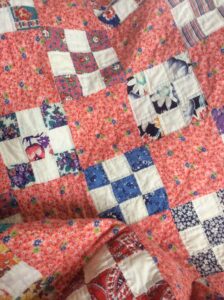
Even the fabric used in quilting is simple 100 percent cotton. Because material was (and still is) expensive, traditional quilts were often made from scraps salvaged after making clothing.
Scraps of fabric too small to make anything else are still large enough to be quilt pieces.
Jeanmarie Nielsen recalls making her first quilt when she and her husband were cash-strapped newlyweds. A close friend was expecting a baby, and she wanted to give them a special gift. “I had a box of fabric scraps and cast-off clothing. Made from a dress, a top, a man’s shirt, the quilt was simple squares, set in a symmetrical pattern, determined by how many squares I was able to cut. I hand quilted it in my lap.”
Love in the Stitches
Today’s hand quilters are part of a long line of quilters stretching back through the ages.
And in fact, part of the draw is simplicity and connection with the past. Ann Kolpin has spent many Minnesota winters doing handwork. She says: “Hand appliqué has given me the ability to choose a specific technique for a given project. I’ve done the same with hand quilting. My desire was to create quilts in the same manner as our ancestors did years ago. Doing things by hand makes projects quite portable, and there’s no need for a sewing machine or electricity. I’m in no rush to complete a quilt. For me … it’s the joy of the process.”
The next time you see a quilt made by hand, whether it’s something new, maybe gifted to you, or something vintage found in an antique shop, take a moment to appreciate the long tradition of hand quilting and the love that went into every stitch.
Gina Prosch is a writer, home educator, life coach, and parent located in mid-Missouri. She is the author of “This Day’s Joy” and “Finding This Day’s Joy,” both of which are available at Amazon. Find her online at GinaProsch.com or TheHomeschoolWay.com. She also co-hosts The OnlySchoolers Podcast (OnlySchoolers.com).

